Cabinet set for re-election amid protests
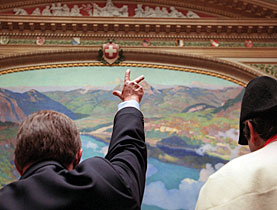
The two houses of parliament are meeting for a joint session on Wednesday to elect the seven-member government, as well as next year's president.
The focus is on attempts to unseat controversial Justice Minister Christoph Blocher of the rightwing Swiss People’s Party.
His rightwing Swiss People’s Party has threatened to go into opposition if Blocher is not re-elected.
The party won a record 29 per cent of the vote in October’s parliamentary elections – ahead of the three other parties in government.
Barring unforeseen events, the joint session of the House of Representatives and the Senate will confirm the seven members of the cabinet for the next four-year term.
Despite an official challenge by the opposition Green Party to oust Blocher and veiled threats against one of two seats held by the centre-right Radicals, experts expect no major upset.
“I don’t think there will be any changes. The Greens have tried it before without success,” said Hans Hirter, a political scientist at Bern University.
He added that the Greens are neither strong enough in numbers nor can they muster sufficient support outside the centre-left groups in parliament for their plan.
“Beauty contest”
It’s not clear how serious the centre-right Christian Democrats are about winning back their second seat in cabinet – four years after Blocher snatched it from them.
In a recent editorial the Neue Zürcher Zeitung newspaper dismissed speculation of a showdown in parliament on Wednesday.
“It’s more likely to be a beauty contest,” it said.
The make-up of the cabinet remained unchanged for more than 40 years until 2003, when the People’s Party succeeded in clinching a second seat in the cabinet at the expense of the Christian Democrats, putting them on par with the Radicals and the centre-left Social Democrats.

More
Government, ministers, president
President
No major upset is expected in the election of next year’s Swiss president, a rotating and largely ceremonial post. Interior Minister Pascal Couchepin is set to be named for the second time in his career.
He will succeed Foreign Minister Micheline Calmy-Rey, who has held the position in 2007.
Couchepin joined the cabinet eight years ago and was president in 2003.
There is speculation that a sizeable number of parliamentarians could try to spoil the parade by denying Blocher the post of deputy president for 2008 to which he is entitled under a system of seniority in cabinet.
During the morning session both chambers of parliament will also appoint a new Federal Chancellor.
Three of the four main parties have put forward candidates for the post. It is widely expected that Corina Casanova, currently deputy Federal Chancellor, will be elected.
She would replace Annemarie Huber-Hotz, who is stepping down after eight years in the job.
The Federal Chancellor coordinates the work of the cabinet and is considered the highest-ranking public official in Switzerland.
swissinfo, Urs Geiser
The seven-member cabinet, as well as the Federal Chancellor, are elected by a joint session of the House of Representatives and the Senate.
The four main political parties – the centre-right Radicals and Christian Democrats, the rightwing Swiss People’s Party and the centre-left Social Democrats – have been represented in the cabinet for nearly 50 years.
In 2003 the rightwing Swiss People’s Party won its second seat at the expense of the Christian Democrats.
The Federal Chancellor – cabinet manager or chief-of-staff – is Switzerland’s highest-ranking public official, coordinating the work of the seven-member government.
Unlike most other countries, he or she is elected by parliament for a four-year term. The Federal Chancellor takes part in cabinet meetings, but has no vote.
The Federal Chancellery, with a staff of about 250, is the oldest administrative institution of modern-day Switzerland. It was set up by Napoleon’s rule in 1803 – nearly 50 years before the cantons formed the Confederation.
The outgoing Federal Chancellor, Annemarie Huber-Hotz, is the first woman to have held the post and has served for eight years.

In compliance with the JTI standards
More: SWI swissinfo.ch certified by the Journalism Trust Initiative
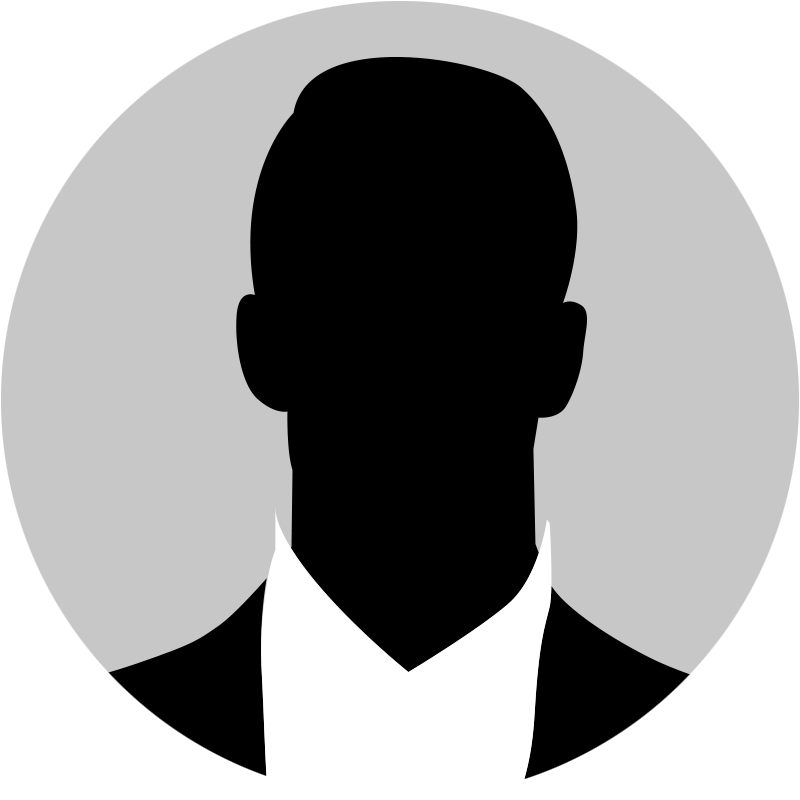
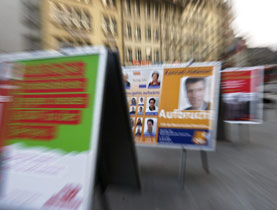
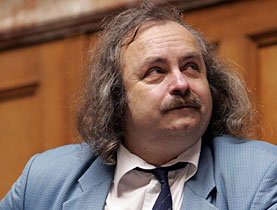
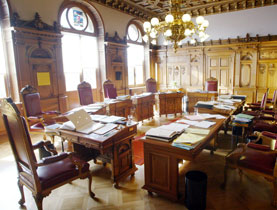
You can find an overview of ongoing debates with our journalists here . Please join us!
If you want to start a conversation about a topic raised in this article or want to report factual errors, email us at english@swissinfo.ch.